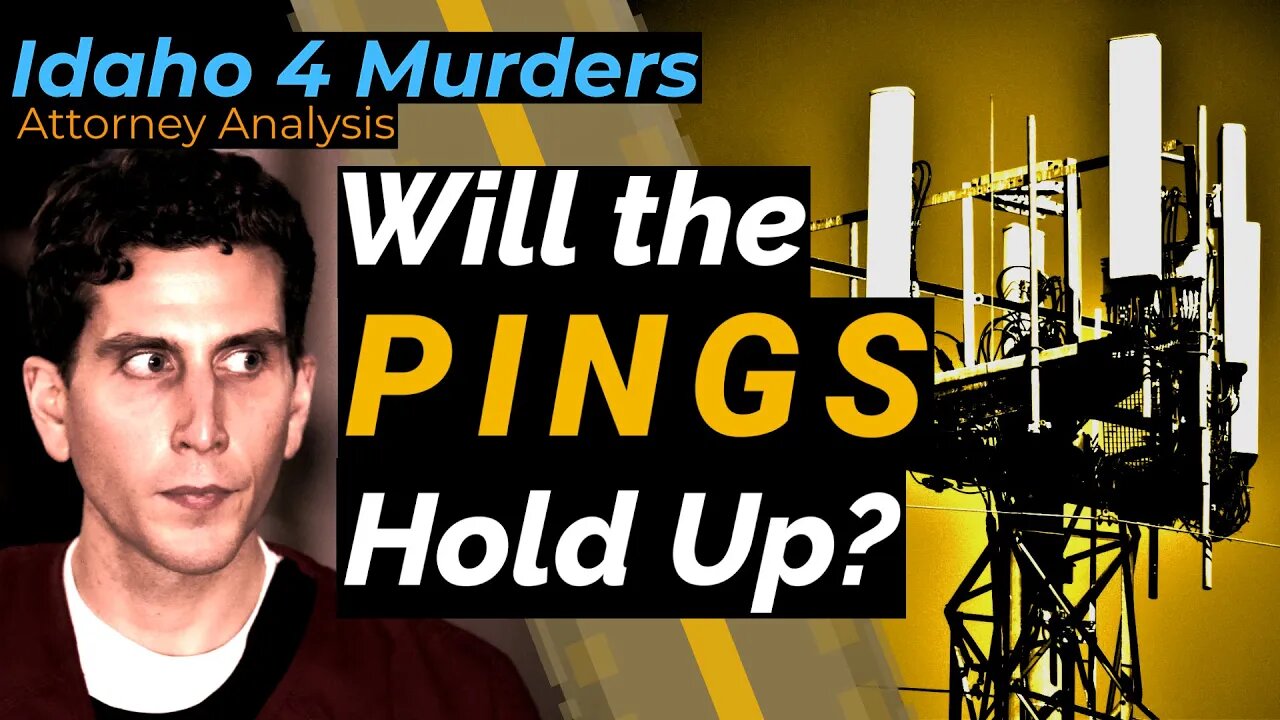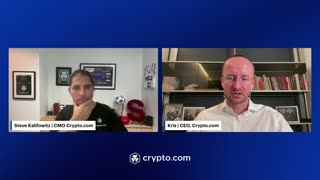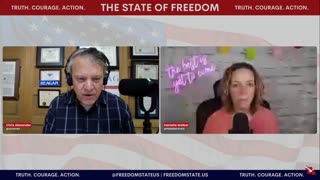Premium Only Content

Cell Phone Data - Criminal Defense Attorney Analysis - Idaho v. Kohberger
If the defense strategy will be to systematically attack the State's evidence, how will they approach and break down the cell site location information obtained from his phone records? As with all forensic evidence, the devil is in the details; so, we look at some of the questions the defense team is likely to be asking. After an overview of how the communications between cell phones and cell towers can be used to calculate the phone's position, we'll talk about the factors that can affect how reliable and precise these determinations are and why it's potentially a pretty different situation in Moscow, Idaho than in denser urban settings. We also see a hint in the probable cause affidavit that the cell data may not tell the whole story when it comes to determining Bryan Kohberger's location.
00:00 Intro
01:16 Why the pings are important in the circumstantial picture
02:39 There's a lot NOT said in the p/c affidavit that affects the pings
03:29 Pings: the basics
05:00 The two best methods of locating a phone: GPS and triangulation
07:16 Because you need multiple connections to triangulate, cell tower density is key
08:23 Overlapping cell coverage isn't as common in rural areas
10:00 The p/c affidavit uses vague language that doesn't tell us the strength of the data
12:32 There's a question whether the pings reliably establish cell phone location
15:17 The legal standards for admitting scientific evidence generally require reliability
19:04 Want to learn more? Links below!
19:49 Coming up: How the defense will approach the DNA evidence
For more reading:
Blank, Aaron, The Limitations and Admissibility of Using Historical Cellular Site Data to Track the Location of a Cellular Phone, 18 Rich. J. L. & Tech. 3 (2011): https://scholarship.richmond.edu/cgi/viewcontent.cgi?article=1354&context=jolt
For more detail on the technical issues:
Hussain, Syed Asad et al., Positioning a Mobile Subscriber in a Cellular Network System Based on Signal Strength, IAENG Int'l J. of Comp. Science, 34:2 (2007): https://www.iaeng.org/IJCS/issues_v34/issue_2/IJCS_34_2_13.pdf
-
 10:58
10:58
Legal Color Commentary with Andrea Burkhart
2 years ago $0.03 earnedHow and Why did Anne Taylor get Appointed? Attorney Analysis - State v. Bryan Kohberger
7343 -
 LIVE
LIVE
The Mel K Show
42 minutes agoMORNINGS WITH MEL K - The Future of the Constitutional Republic: Local Action for National Impact 8-26-25
475 watching -
 UPCOMING
UPCOMING
The Shannon Joy Show
2 hours ago🔥🔥TACO Trump Rug Pulls AGAIN - Deploying His Fascist Police State In Red States NOT Blue.🔥🔥
272 -
 LIVE
LIVE
LFA TV
5 hours agoLFA TV ALL DAY STREAM - TUESDAY 8/26/25
5,472 watching -
 27:39
27:39
Crypto.com
2 hours ago2025 Live AMA with Kris Marszalek, Co-Founder & CEO of Crypto.com
20K2 -
 LIVE
LIVE
Trumpet Daily
24 minutes agoTrumpet Daily LIVE | Aug. 26, 2025
301 watching -
 34:31
34:31
Rethinking the Dollar
56 minutes agoWednesday Morning Check-In: Let's Talk...
16 -
 LIVE
LIVE
The Big Mig™
3 hours agoViolence & Burning The U.S. Flag, Democrats New Battle Cry
5,200 watching -
 LIVE
LIVE
The State of Freedom
3 hours ago#327 Digging Deeper into the Carbon Capture Scam w/ Brad LeBlanc
41 watching -
 38:39
38:39
VINCE
4 hours agoThis Is How The Media Spins The News | Episode 111 - 08/26/25
112K63